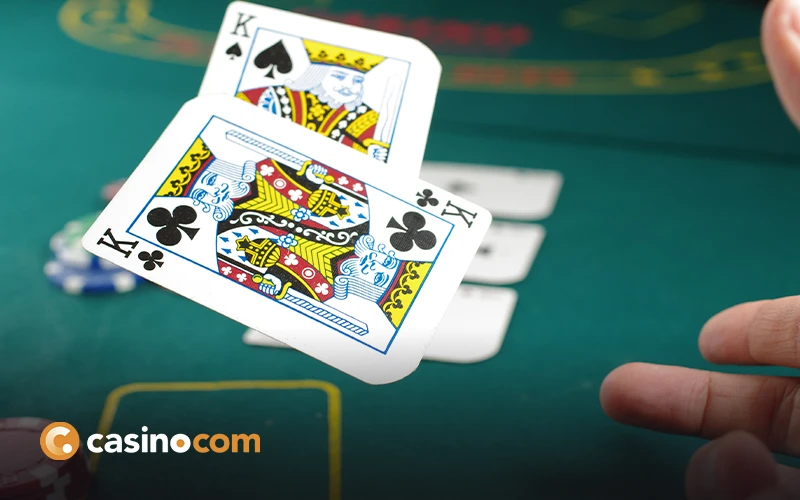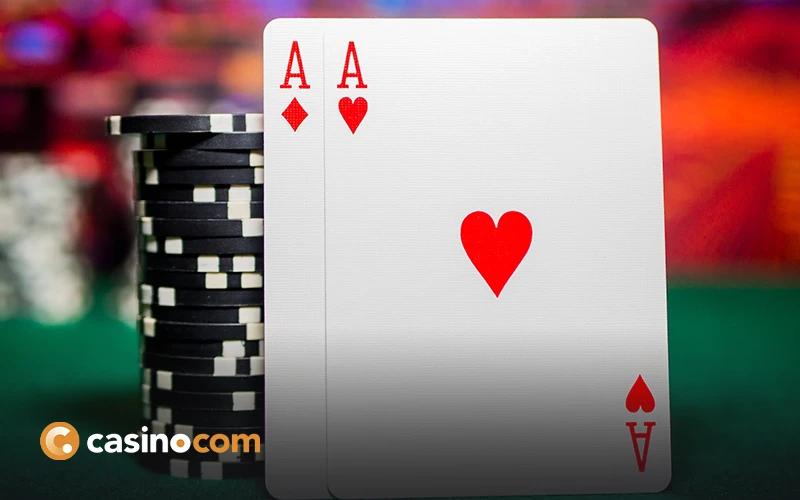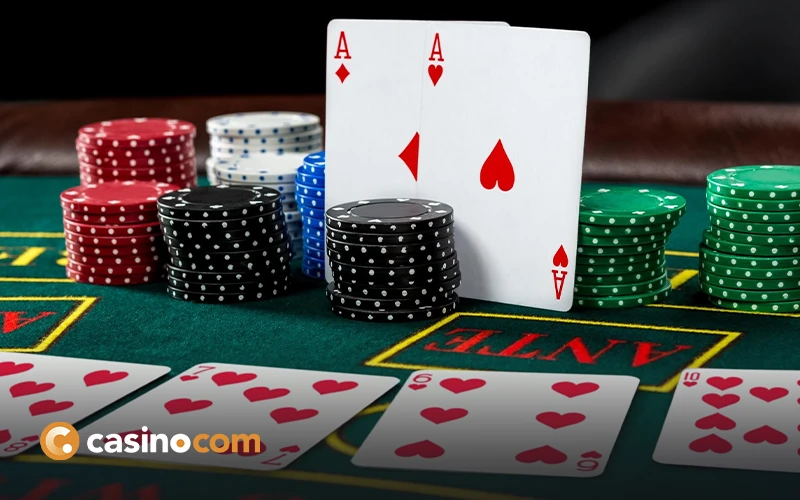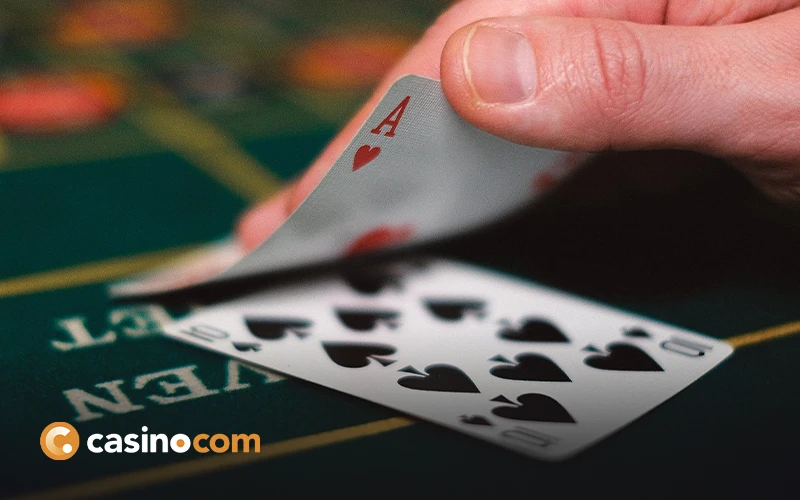Tonk, also known as Tunk, is an easy-to-learn game that moves at a fast pace. When you have the right number of players involved, agree on stakes and decide where the deal begins. From there, it is about learning how to play your hand and what it takes to win Tonk.
Though online casinos are all the rage these days, they don’t cover everything. While you may be able to enjoy the classics, there are plenty of fun games that aren’t included. For instance, Tonk is one of the fastest, most fun games out there.
If you are looking for a break from blackjack, roulette, craps, slots, poker, and all of the other classic casino games, then Tonk is the game for you. In the guide below, we will find out how to play Tonk, what the rules are, and everything else there is to know.
What is Tonk?
Tonk, which also goes by Tunk in some circles, was initially created and popularized back in the 1940s. What initially began with jazz musicians as a nightclub staple, Tonk became a fast, fun, competitive card game in stark contrast to some of the other popular games.
When you get down to it, Tonk is very similar to Rummy or Gin Rummy. You play with anywhere from two to six people using a standard 52-card deck. Tonk is generally played for money, but it doesn’t have to be. If you have seen Tonk play out and want to get involved, this is the guide for you.
The Rules of Tonk
One of the best aspects of playing Tonk is its simplicity. The very first thing to do in Tonk is to choose a dealer. You can choose the dealer on your own or draw cards to figure out who it will be. The player that has the highest card starts as the dealer.
Should you play with three or four players, then the second-highest card will sit to the immediate left of the dealer. Additional players sit to the right of the dealer. Which leads into the rules of dealing in Tonk.
Dealing
Just like in poker games, there are dealing rules when it comes to Tonk. After the dealer has been established, they deal out five or seven cards face down to each of the players. Cards are dealt out one at a time in a clockwise order.
When all of the players have received their cards, the dealer then turns up the top card on the remaining deck, laying it on the table. This is the waste or discard pile. Whatever is left in the deck becomes the stockpile and remains face-down throughout the game.
Getting a Tonk
Scoring can get a bit more complicated, but let’s start with the basics. If the initial hand belonging to a player equals 49 or 50 points, then they must show their cards immediately before play starts again. If the score is confirmed, the player gets double their original bet, and the hand ends.
This is called a “knock,” getting a “Tunk” or a “Tonk.” Should more than one player draw a Tonk at this stage of the game, it ends in a draw. The deck is then reshuffled, and the dealer begins the process all over again.
This is the only time to get this kind of Tonk as it is not available later on. A person can “Tonk” on their turn if they have five or fewer unmatched cards at any time. Should the player have the lowest total when they knock, they too can win the game.
What is the Spread in Tonk?
While getting a Tonk is the name of the game, the object of the game is to build books, also known as “spreads.” The idea is to have the least number of cards (none, if you can manage it) by the end of the game.
A spread encompasses a run of three or more cards that are in sequence and of the same suit (7, 8, 9 of Hearts, 10, Jack, Queen of Spades, etc.). In order to achieve a spread, players draw from the stockpile of face-down cards. With each draw, a discard must be made, adding to the discard pile in the process.
When a player gets a spread in their hand, they place it face up on the table. Things can get a little more complicated along the way, but those are the basics to be aware of when playing Tonk.
How to Play Tonk
Ready to start playing Tonk? Let’s break it down into individual steps to make it easier to get going.
Organize the Game
Before you can get started, you need to have enough people to play. You only need one other person to get started but can play with as many as five other people. Games with two players are generally much shorter than the others.
Make sure that you have a full deck to play with. The standard deck is 52 cards and encompasses 13 cards per each of the four suits (spades, hearts, diamonds, clubs). Numbers are assigned 2-10, plus there are aces, jacks, queens, and kings. Make sure that you toss out any jokers that might be in your deck.
Set a Stake
For the most part, Tonk is played for money. It can be any amount of money you wish but it also doesn’t have to be played for money at all. If you are playing for money, know ahead of time what the stake is for each player before beginning.
One game will include a few hands and stakes can be doubled during a particular game. Keep that in mind when determining how much of a stake you want to include in your game of Tonk.
Find the Dealer and Deal
When the game is ready to begin, it is time to determine the dealer. From the deck, have each player choose one card. When everyone has picked, lay out the cards on the table. Whoever has the highest card will win the deal.
It is important to note that from game to game, aces can vary between highest and lowest. In Tonk, Aces are always the lowest. This is important when it comes to drawing the cards to find a dealer.

When the dealer is ready to go, it is time to deal out the cards. The next-highest draw will sit to the left of the dealer and progress around the table. When it comes time to deal, players can receive either five or seven cards depending on individual preferences.
Cards are dealt in a clockwise fashion, one per player until all cards have been dealt face-down. Though five and seven-card Tonk are most common, you can play with as few as three or as many as twelve. It all comes down to personal preference.
Counting the Value of Your Cards
When all the cards have been dealt and the first card after the final player card has been flipped up for the “burn” pile, it is time to assess the value of your hand. Keep your cards hidden when adding up the totals.
Aces are one point. Each numerical card is assigned that value (2, 3, 4, etc.). Face or picture cards are all worth 10 points each. It is entirely possible to declare Tonk at this stage if you have it. Should your cards add up to 50 points, you win the hand (and double your stake) automatically. Should more than one player have Tonk, the hand is over, and the cards are re-dealt.
Stock and Discard Piles
If no one has Tonk immediately after the cards have been dealt, the dealer must establish the discard and stockpiles. The discard pile will feature one card face up while the remaining cards in the deck remain face down.
Act in a Clockwise Fashion
The player seated to the dealer’s immediate left will be the first to act. They will draw a card from the stockpile or discard pile to add to their hand. They must then take one card from their current hand and place it in the discard pile.
The action will continue around the table in a clockwise fashion. When a player discards, they lay their card face-up on the discard pile so the next player can see it.
Creating “Spreads”
The goal of Tonk is to create a “book,” “run,” or “spread.” As you continue to draw and discard, keep those that form sequences of three or larger. They must be in numerical order and of the same suit. For example, you collect 6-7-8 of hearts, 10-J-Q of clubs, etc.
When you have enough to make a spread, you lay them down on the table and hold onto the others. You can also combine three and four of a kind to form a “spread” as well. The cool thing is that you can build on spreads that have been laid down.
If someone else lays down a sequence of 4-5-6 of diamonds, you can lay down the 2 or 7 of diamonds to build off that.
A Winning Hand
To win in Tonk, you have to be the first to discard all of the cards from your hand. There is a strategy as to when to lay down your hand, but it varies from player to player. Sitting on cards unnecessarily can wind up being costly.
Should you feel confident that the value of your hand is lower than any of the other players, you can call for a “drop.” Everyone lays down their cards. If your total value is lower than everyone else, you collect the stake from each player.
However the hand ends, use values to determine the winner. The player with the lowest total value in their hand is the winner and collects the stake from everyone.
A Fun, Exciting Game
At the end of the day, Tonk can be a lightning-quick game filled with action and fun. Try to put together runs as quickly as possible or declare a “drop” and undercut everyone before they can really get started. Before long, everyone will be competing to get the best of one another in dramatic fashion.




